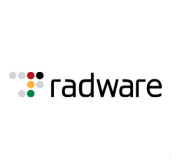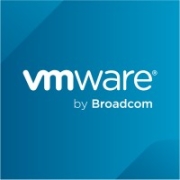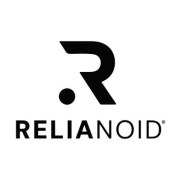Application Delivery Controllers enhance application performance and availability. They efficiently manage data traffic, improving the distribution of network resources and optimizing web applications critical for business operations.
Application Delivery Controllers serve as an integral component in a network infrastructure, providing distribution of traffic across multiple servers. They ensure high availability, improve performance, and provide capabilities like SSL offload, Web Application Firewall (WAF), and DDoS protection. Known for handling application workloads in cloud and data center environments, ADCs facilitate scalable and secure delivery of applications to users.
What are some critical features of Application Delivery Controllers?In the financial services industry, ADCs are implemented to manage high volumes of transactions securely and efficiently. In healthcare, they ensure that sensitive patient data is transmitted securely while maintaining application reliability and performance.
ADCs are valuable for organizations as they support seamless application access, improve user experience, and ensure data security, which is crucial in today’s digital environment.
| Product | Market Share (%) |
|---|---|
| F5 BIG-IP Local Traffic Manager (LTM) | 16.1% |
| NetScaler | 14.3% |
| HAProxy | 11.1% |
| Other | 58.5% |































For industries that have hundreds of web servers and need to manage thousands of customer requests on a normal basis, ADCs are essential. The load-balancing that ADCs provide makes spikes in traffic manageable and ensures that applications continue to run smoothly. Application delivery controllers also supply organizations with security and access to applications at peak times. In addition, ADCs work to complete tasks that have otherwise been performed by traditional custom-built hardware in the past. ADCs are also needed because they allow an organization to securely scale up application services very quickly, and help companies consolidate network-based services.
An ADC uses different techniques to enhance performance, one of which includes load balancing. Through load balancing, ADCs are able to speed up application delivery. It is used to distribute incoming requests across a group of servers after the requests have been sent sequentially to the servers in a list by way of a simple algorithm. The requests are allocated to a resource from an application delivery platform. How the load balancer allocates the session is based on metrics like the geographic location of an endpoint device making the request, or on metrics like current server load or the current network latency. ADC load balancing ensures that requests are shared over available data centers and servers evenly, even when multiple geographic hosting centers are being used simultaneously.
An application delivery platform is a platform that helps speed up load times for data centers and also speed up the application delivery process. Application delivery platforms help make user experiences better because they allow IT teams to solve problems quickly.
Typically, ADCs are used by almost every industry and any enterprise or company that relies on large-scale content delivery networks (CDNs) in order to generate fast web application services and to make sure websites with high traffic rates are secure, constantly on, and also available to their users.
ADCs optimize the delivery of applications by distributing network traffic across multiple servers, ensuring no single server becomes overwhelmed. This load balancing reduces latency, improves response time, and enhances overall user experience. ADCs also use caching, compression, and SSL offloading to minimize server load, further boosting application performance.
What security features do ADCs offer?ADCs provide advanced security features such as Web Application Firewalls (WAF), intrusion detection and prevention systems, and DDoS protection. These capabilities help you protect applications from exploits, data breaches, and other malicious activities. ADCs also facilitate secure connections through SSL/TLS encryption, ensuring data integrity and confidentiality.
How can ADCs support multi-cloud environments?ADCs offer flexibility and support for multi-cloud strategies by providing consistent application performance and security across different cloud platforms. They enable seamless traffic management and routing between on-premises data centers and cloud services, allowing you to deploy and manage applications efficiently in hybrid environments.
What role do ADCs play in scalability?ADCs ensure application scalability by dynamically balancing loads and adjusting resources based on traffic demands. They allow you to scale applications horizontally by adding more servers to handle increased traffic without affecting performance. This elasticity ensures that your applications can meet the evolving needs of your business and users.
Why are ADCs important for application reliability?ADCs enhance application reliability by monitoring server health and automatically rerouting traffic if a server becomes unavailable. This ensures continuous application availability and minimizes downtime. With redundancy features, ADCs help you maintain high service levels, providing a consistent experience for end-users even during hardware failures or maintenance activities.